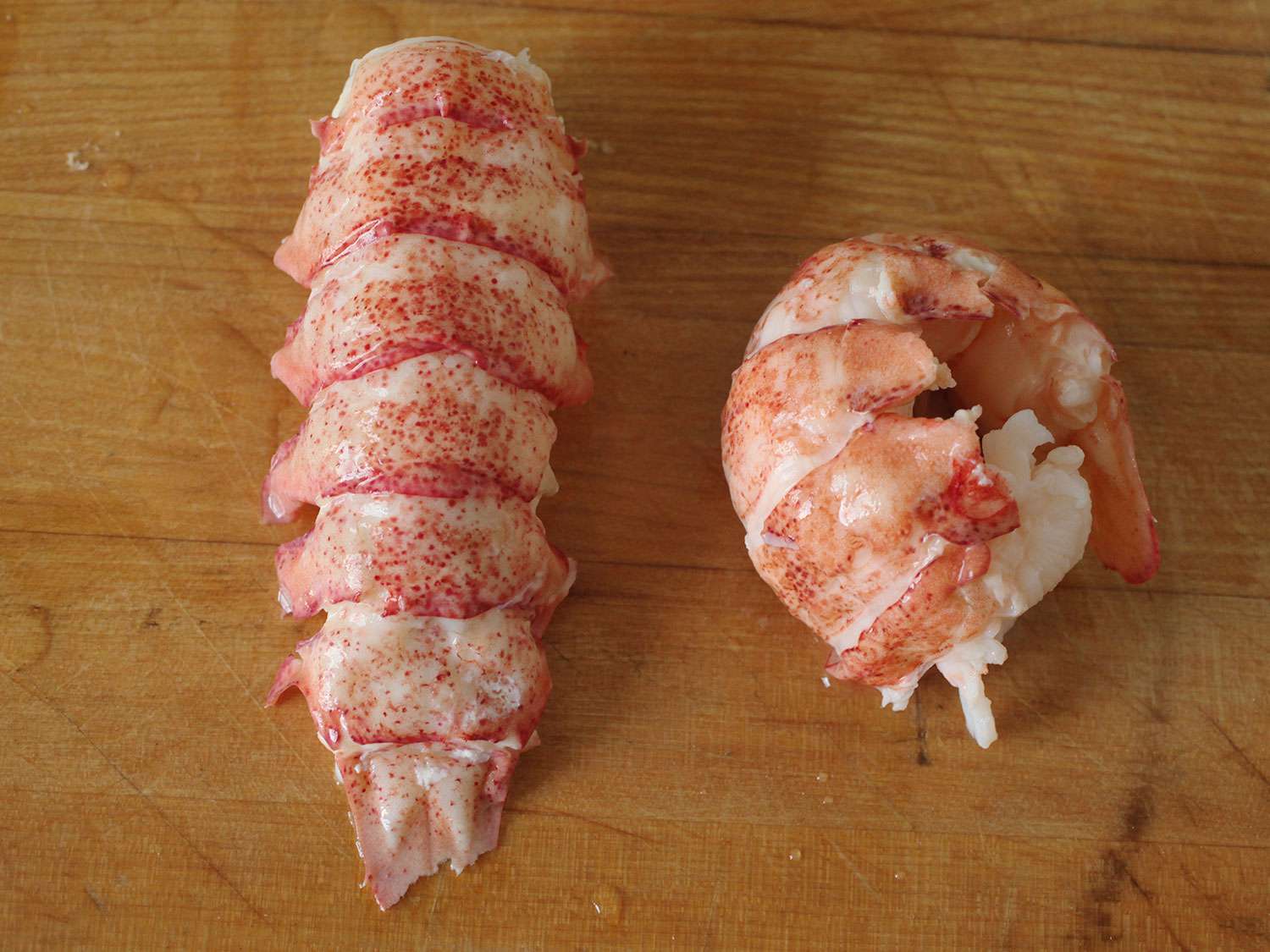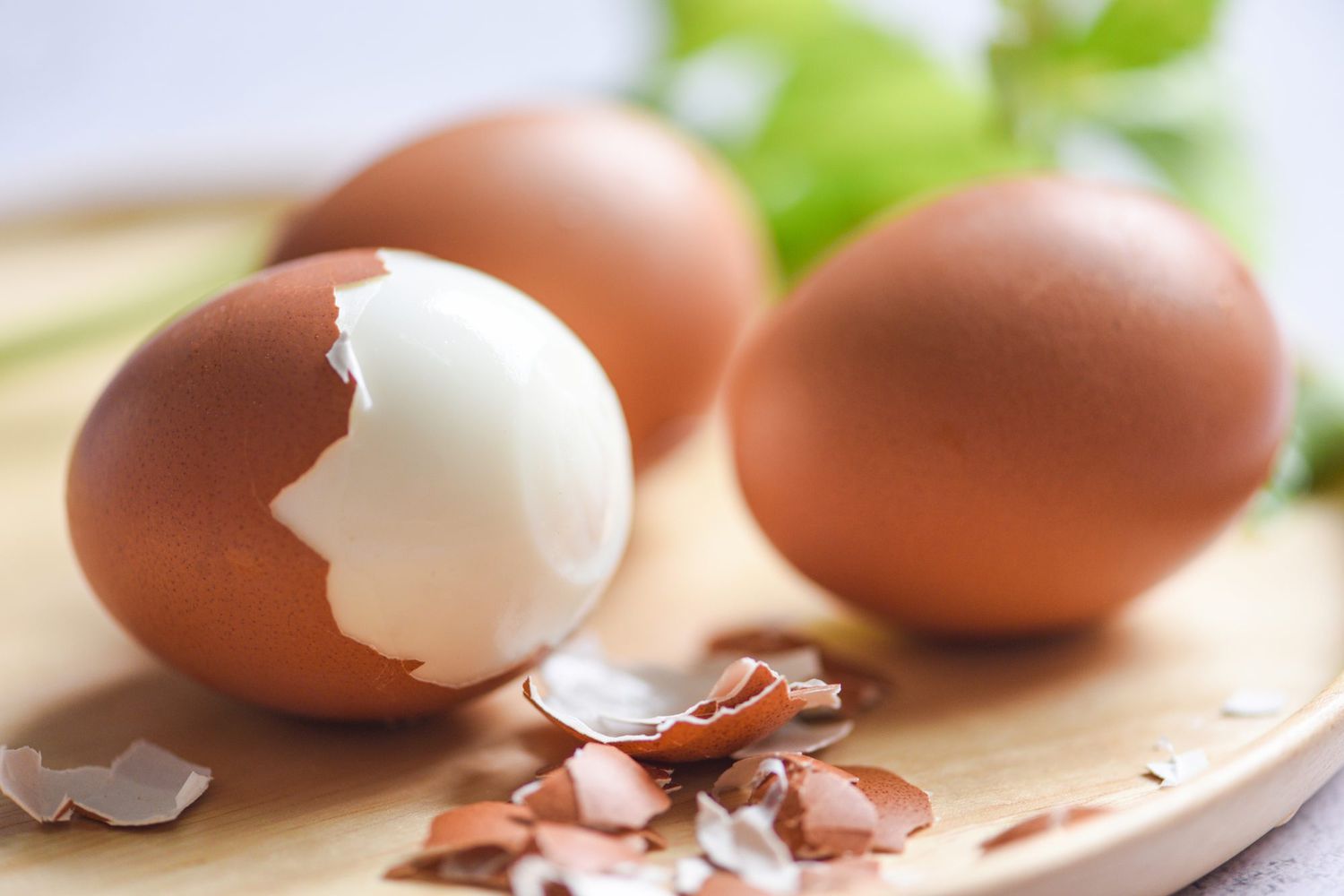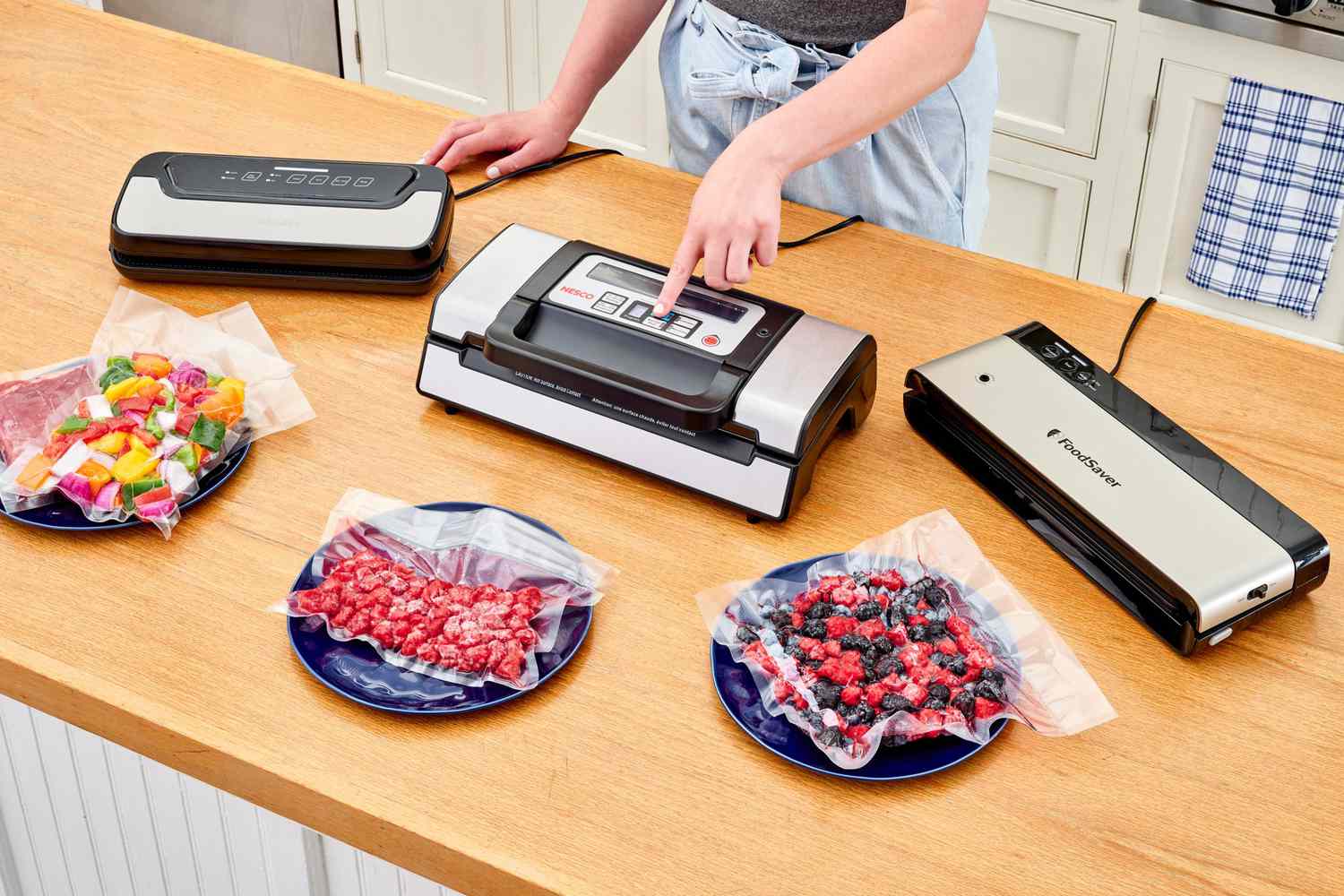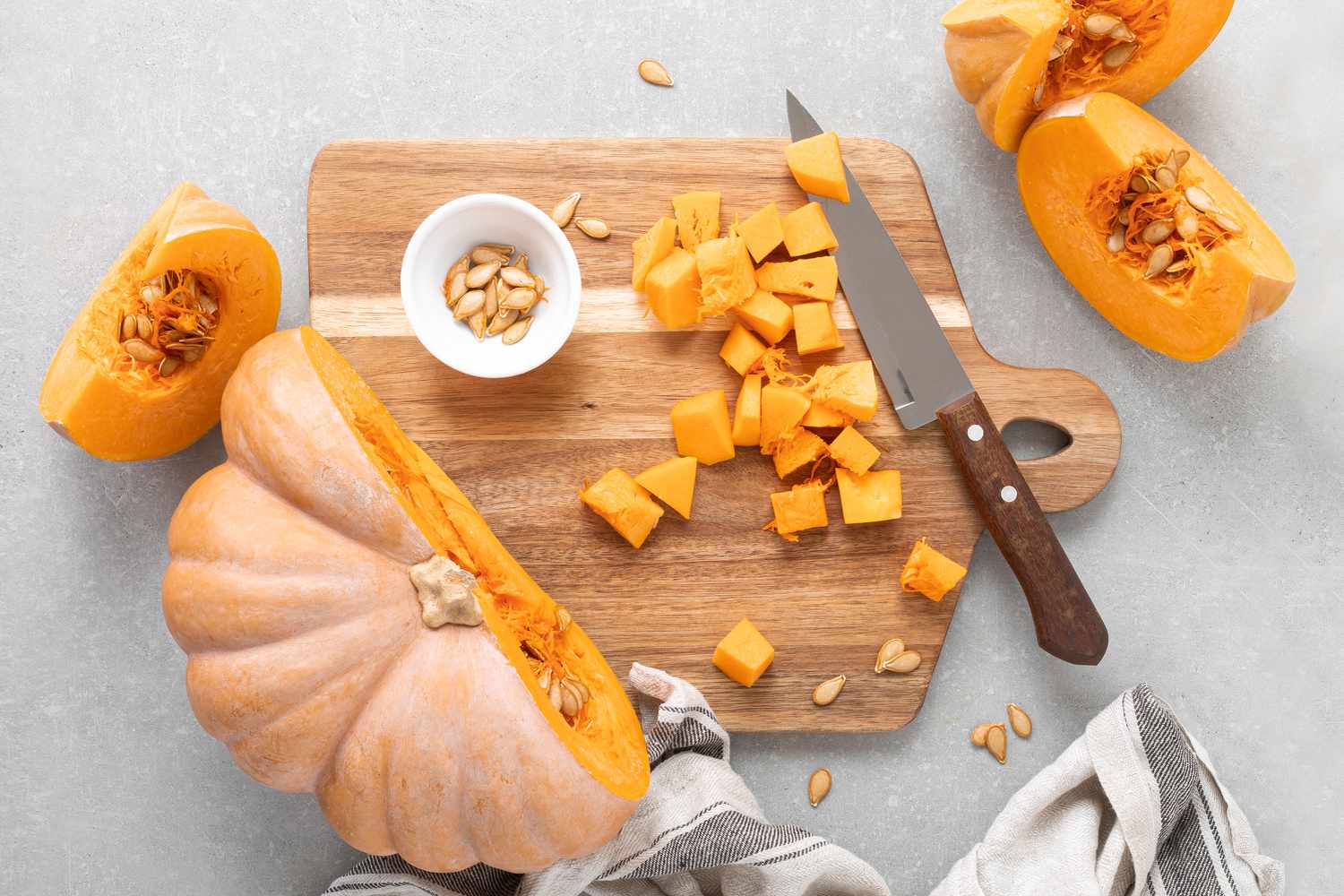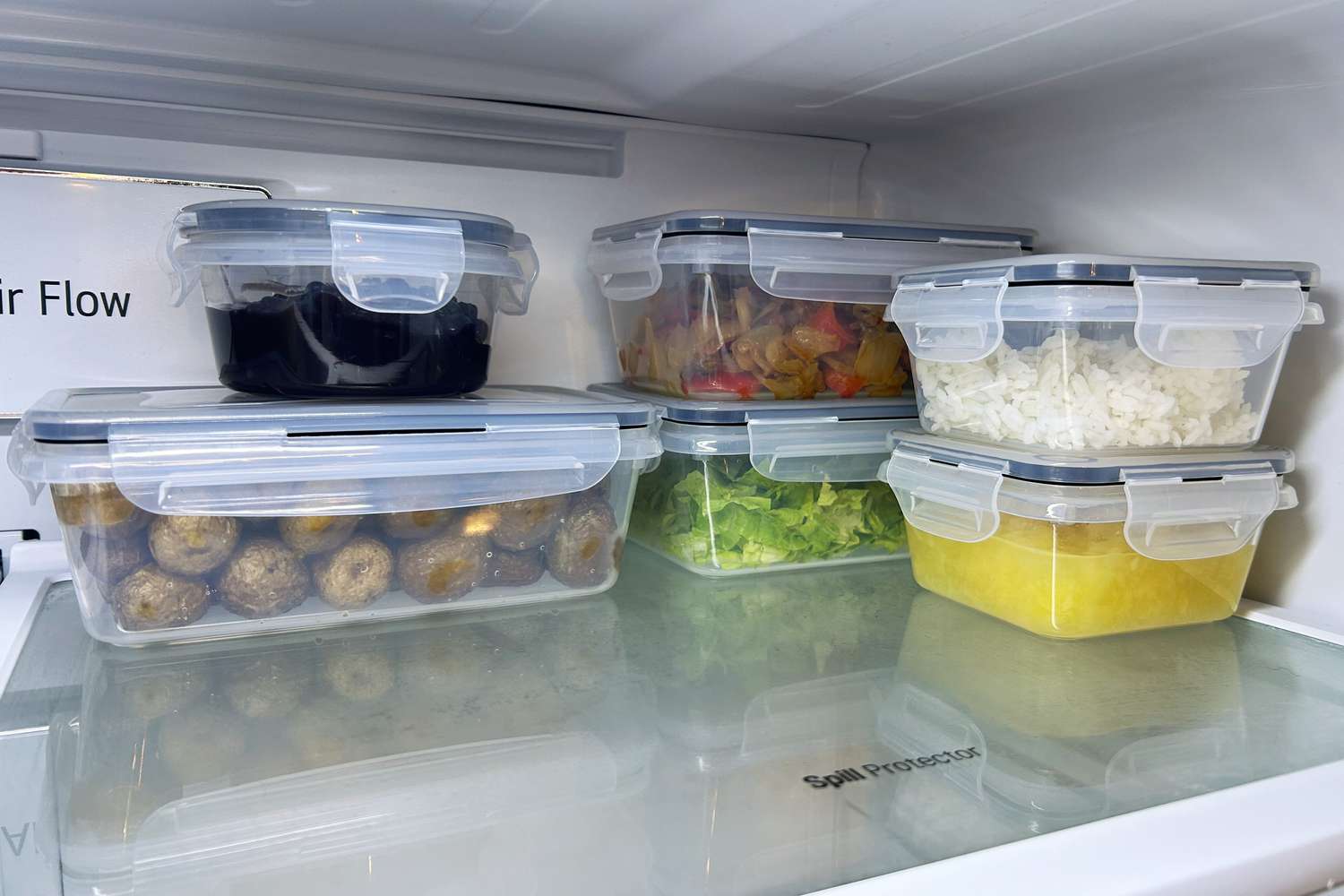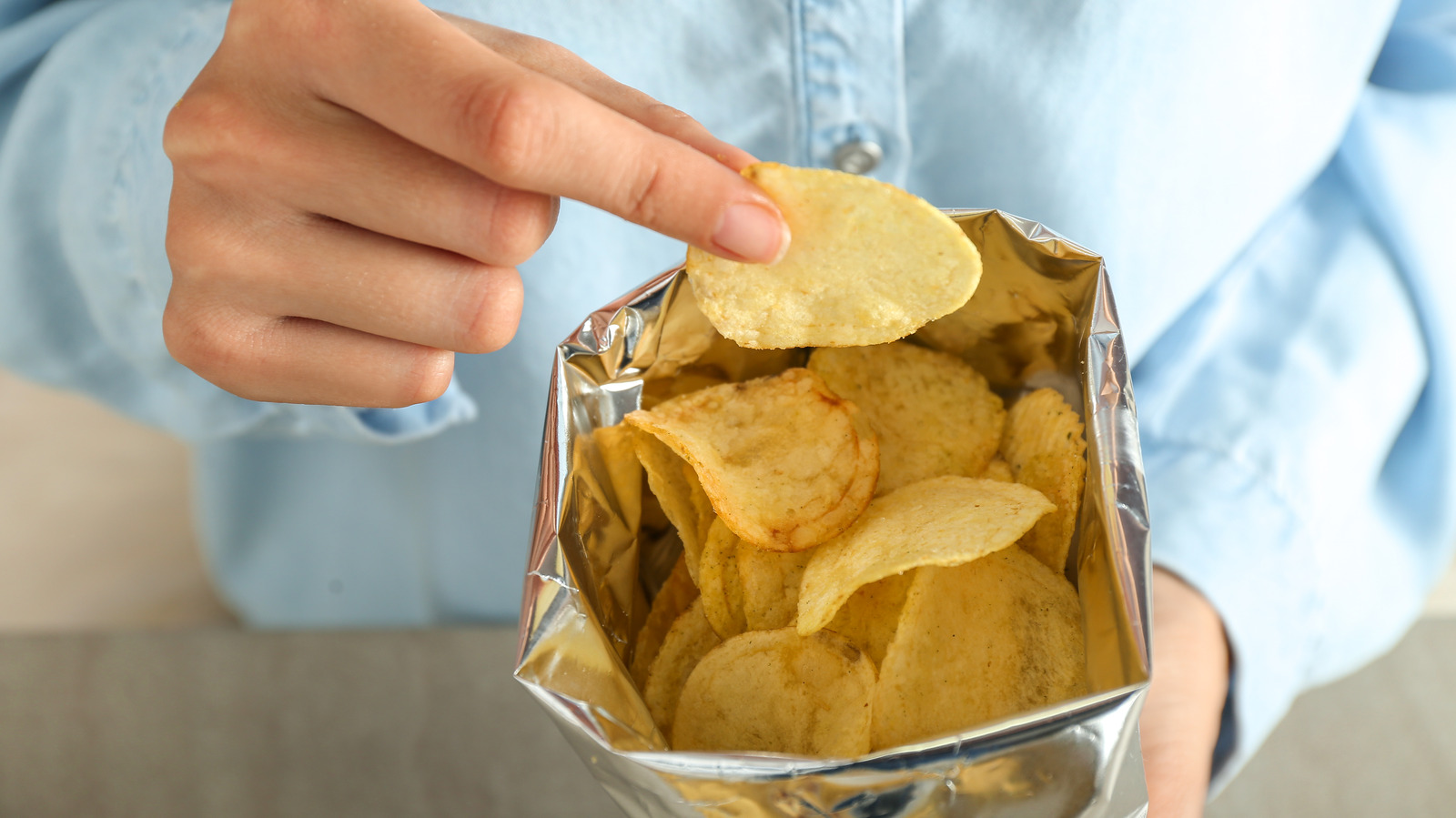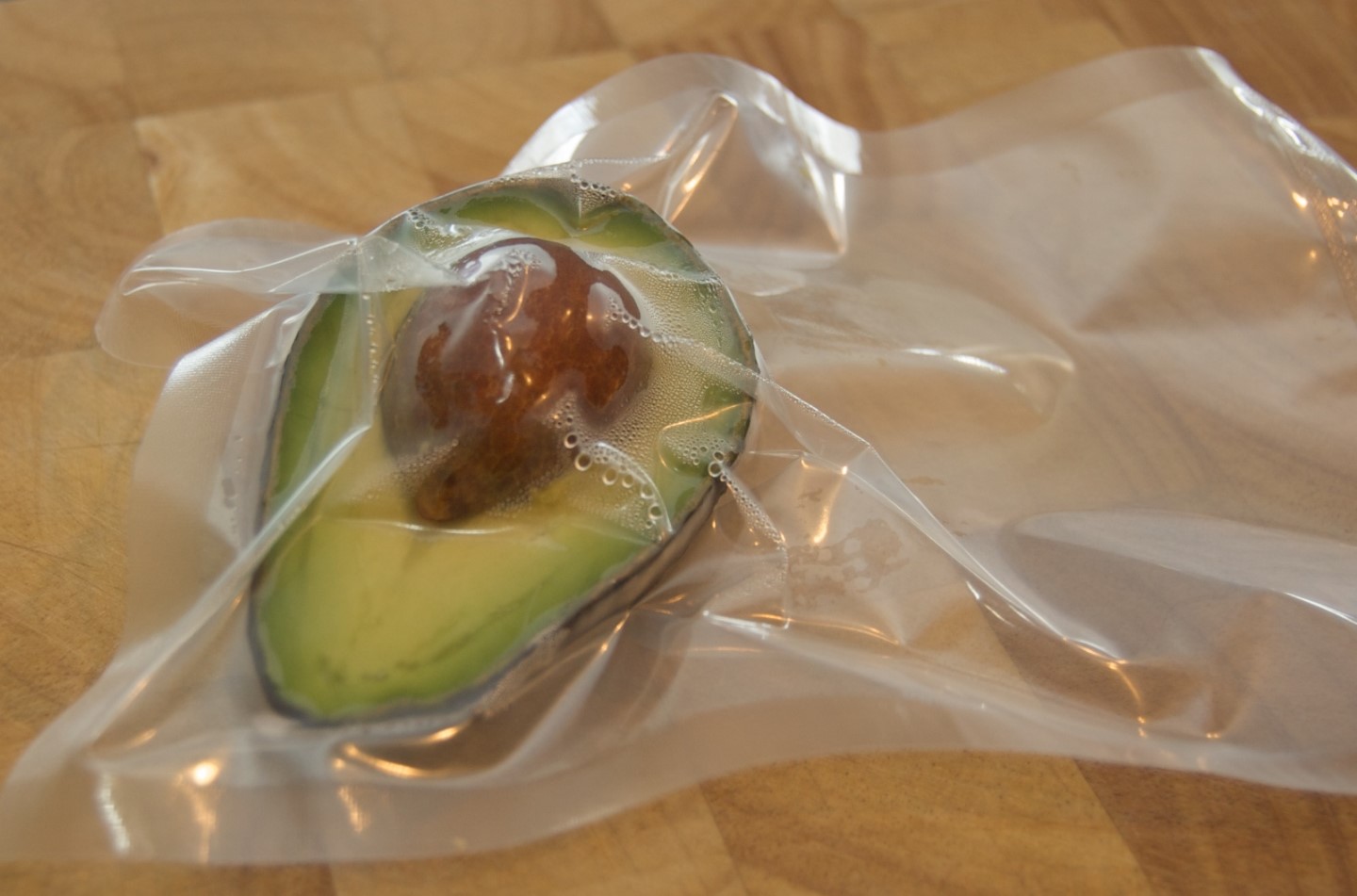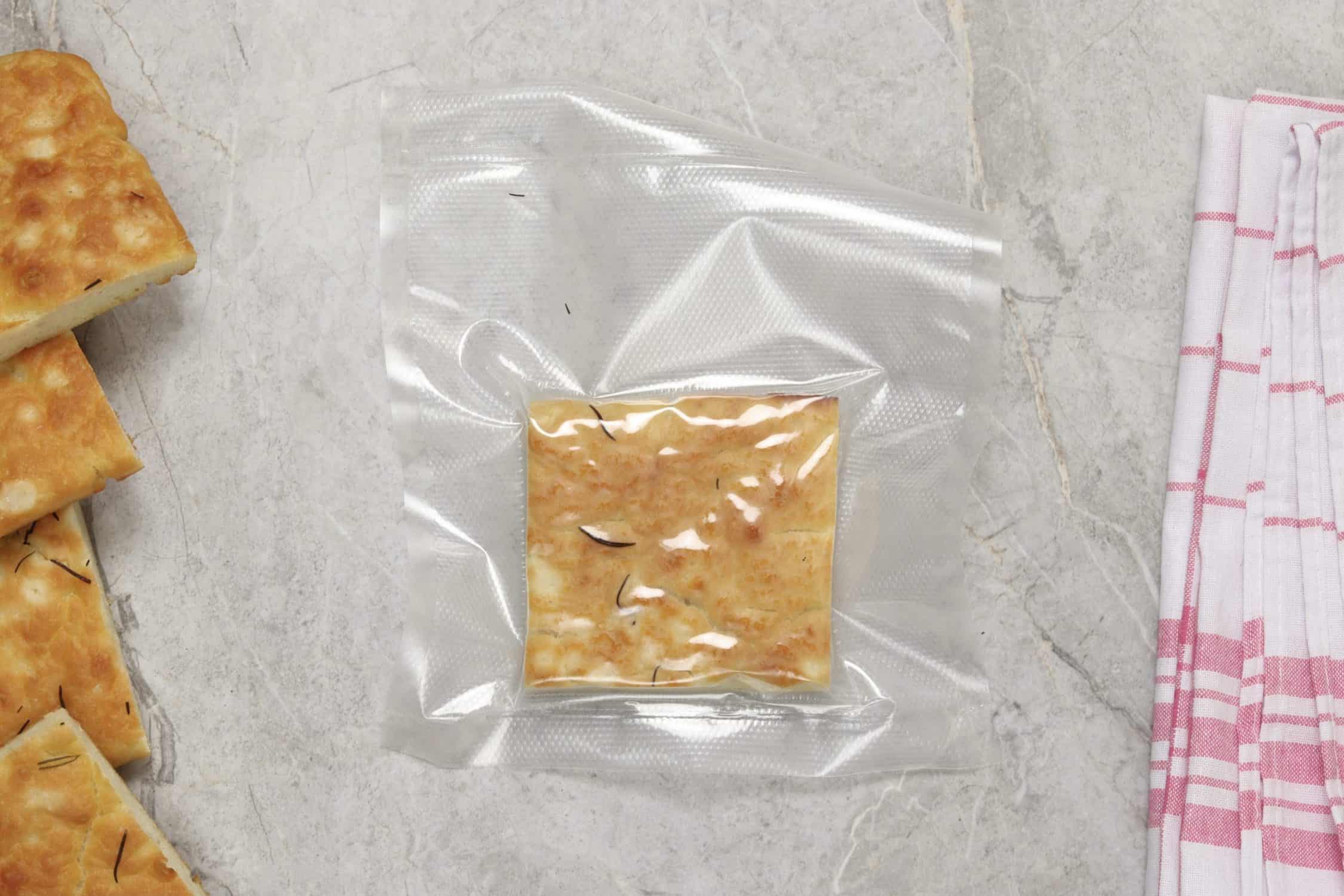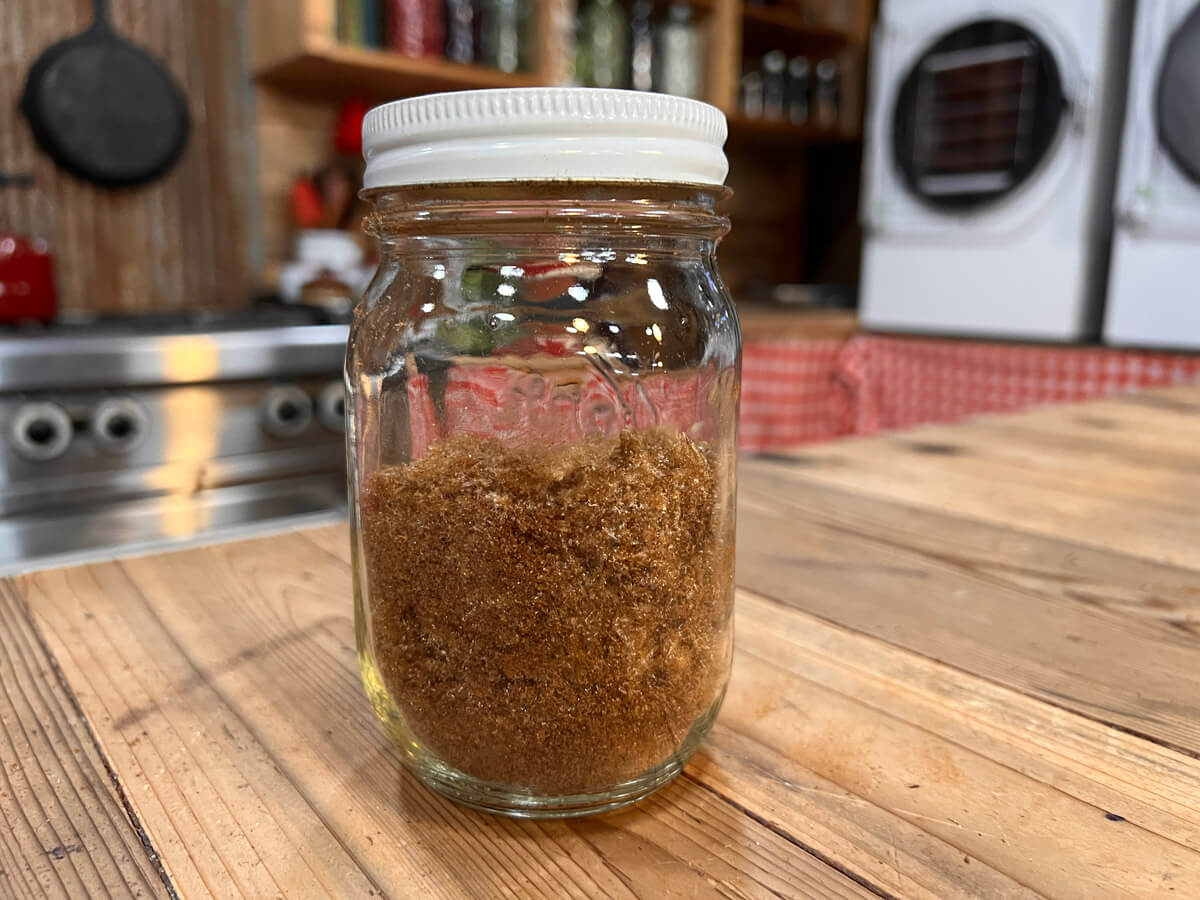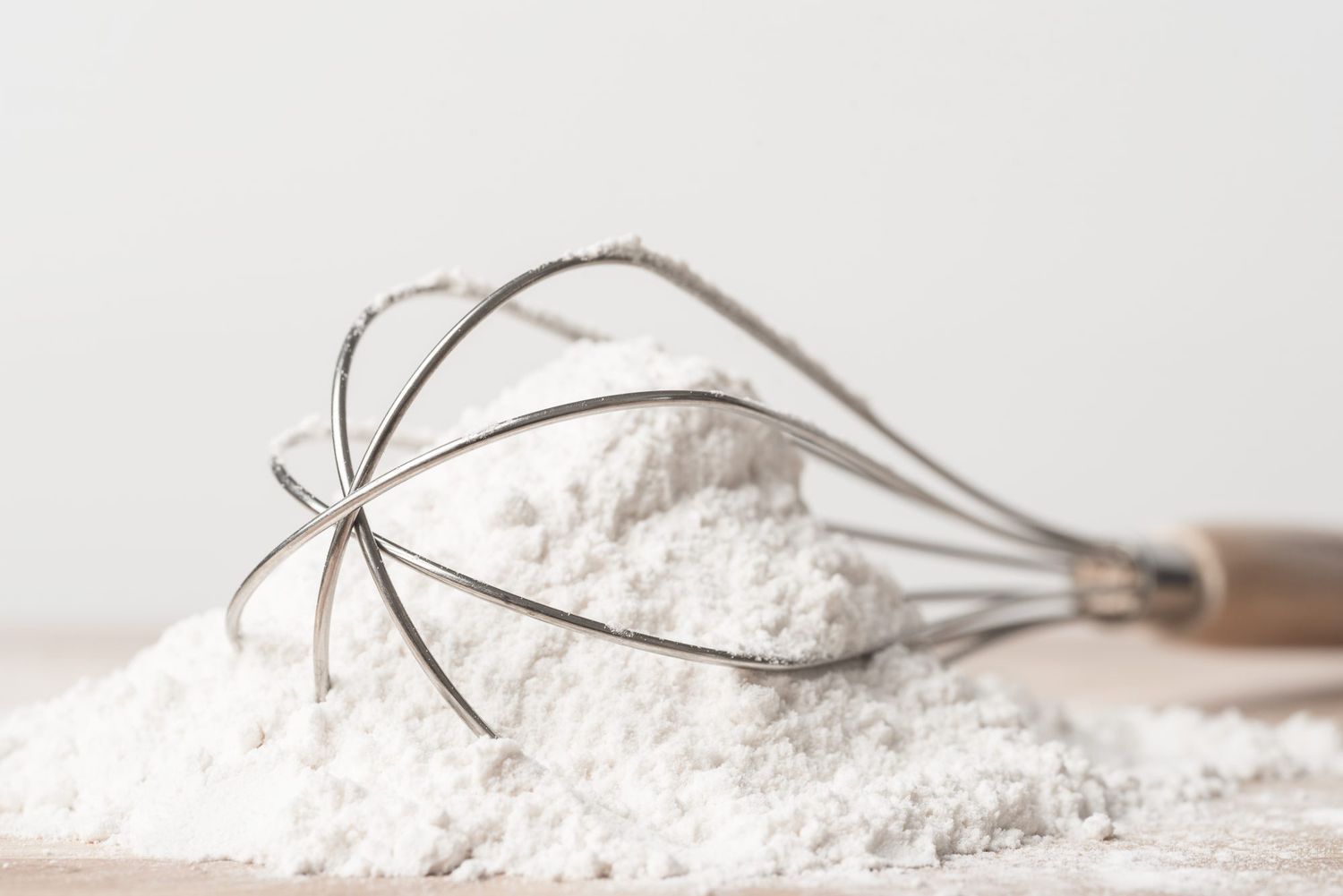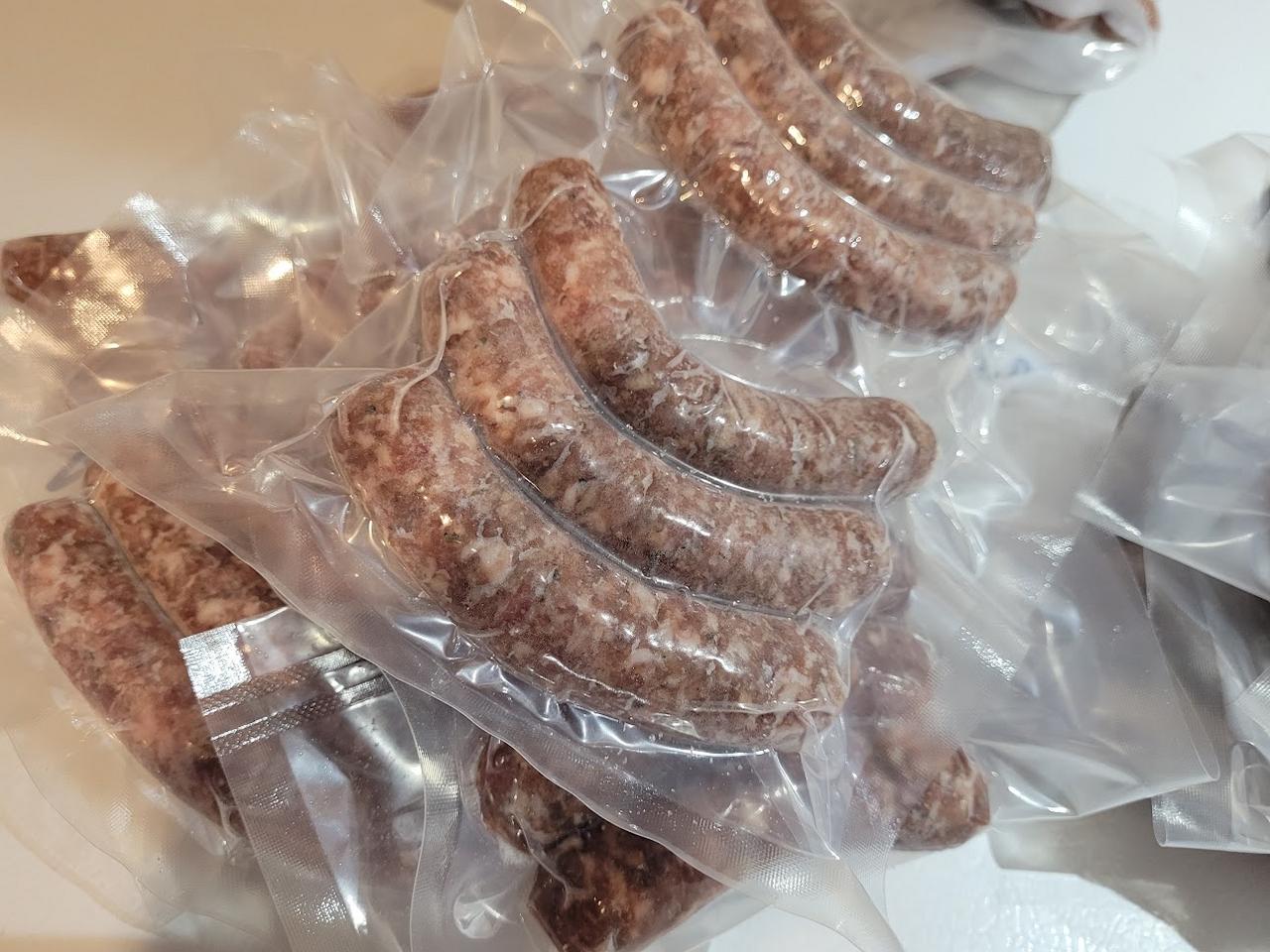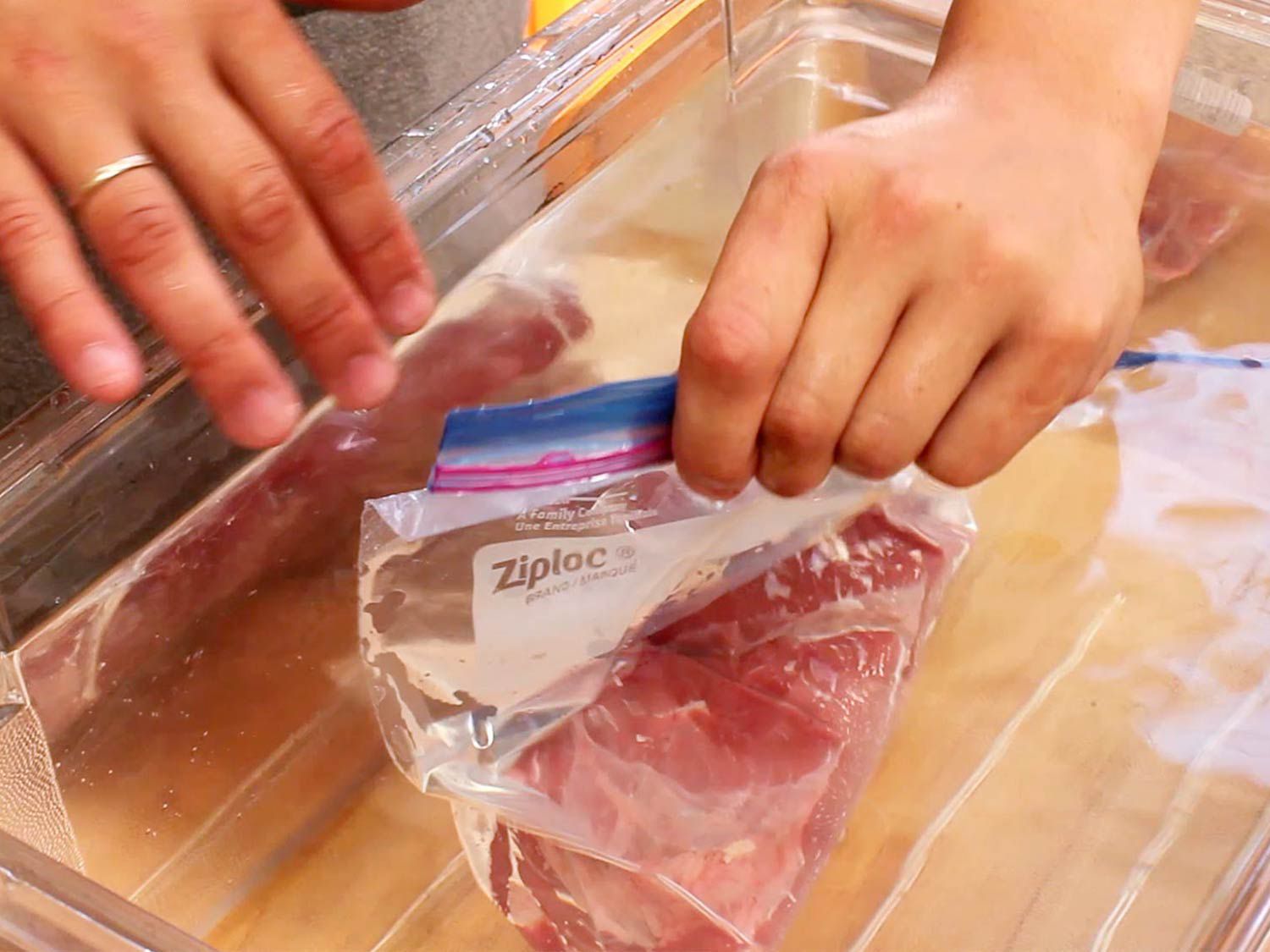Preserving Your Meat: A Guide to Vacuum Sealing
When it comes to preserving meat, vacuum sealing is a game-changer. Not only does it help to extend the shelf life of your meat, but it also helps to lock in the flavor and freshness. Whether you’re a hunter looking to store your game meat or simply want to make your grocery store purchases last longer, vacuum sealing is a simple and effective method to ensure your meat stays fresh for longer.
Why Vacuum Seal?
Vacuum sealing is a popular method for preserving meat due to its ability to remove air from the packaging, which helps to prevent the growth of bacteria and mold. When meat is exposed to air, it can become susceptible to freezer burn and spoilage. By vacuum sealing your meat, you can significantly extend its shelf life and maintain its quality.
How to Vacuum Seal Meat
Vacuum sealing meat is a straightforward process that can be done with the help of a vacuum sealer machine. Follow these simple steps to vacuum seal your meat:
- Prepare the meat: Before vacuum sealing, ensure that the meat is properly trimmed and cleaned to remove any excess fat or bone fragments.
- Choose the right packaging: Select appropriate vacuum sealing bags or rolls that are suitable for meat storage. These bags should be durable and puncture-resistant to prevent any leaks.
- Seal the bag: Place the meat inside the vacuum sealing bag and carefully seal one end of the bag using the sealing function of the vacuum sealer machine.
- Insert the bag into the machine: Once the bag is sealed, place it into the vacuum sealer machine, ensuring that the open end is properly aligned with the machine’s sealing strip.
- Remove the air: Activate the vacuum sealing function to remove the air from the bag. The machine will create a tight seal around the meat, ensuring that no air is left inside the bag.
- Seal the bag: Once the air is removed, the machine will automatically seal the open end of the bag, creating a secure and airtight package.
Tips for Vacuum Sealing Meat
Here are some additional tips to keep in mind when vacuum sealing meat:
- Label the packages: After vacuum sealing, be sure to label the packages with the date of sealing and the type of meat to easily identify them in the freezer.
- Freeze flat: To save space in the freezer, freeze the vacuum-sealed meat flat before storing it vertically. This will allow for easy stacking and organization.
- Avoid overfilling: When sealing the bags, avoid overfilling them to allow for proper sealing and to prevent punctures or leaks.
- Use separate bags: It’s best to vacuum seal each piece of meat separately to ensure that they remain fresh and to prevent cross-contamination.
Storing Vacuum Sealed Meat
Once your meat is vacuum sealed, it’s important to store it properly to maintain its quality. Here are some guidelines for storing vacuum-sealed meat:
- Freezer storage: Store the vacuum-sealed meat in the freezer at the recommended temperature for the specific type of meat. This will help to preserve its freshness and flavor.
- Thawing: When you’re ready to use the meat, it’s best to thaw it in the refrigerator to ensure a safe and even thawing process.
- Use within recommended time: While vacuum-sealed meat can last longer in the freezer, it’s important to use it within the recommended time frame for the best quality.
Conclusion
Vacuum sealing meat is a simple and effective way to preserve its freshness and flavor. By following the steps outlined above and keeping these tips in mind, you can ensure that your meat stays fresh for longer periods of time. Whether you’re stocking up on your favorite cuts of meat or storing your latest hunting harvest, vacuum sealing is a valuable tool in the kitchen.
Was this page helpful?
Read Next: How To Vacuum Seal Mason Jars With Foodsaver
